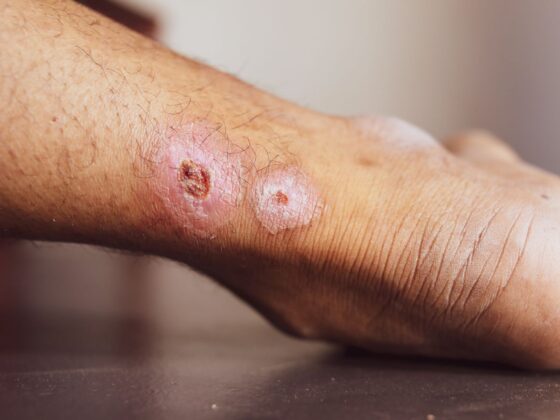The state is currently facing a severe outbreak of Chandipura virus (CHPV), which has led to the highest number of cases and deaths in the country. This comes after earlier outbreaks of cholera in various districts and mumps earlier in the year.
Can Animal-Transmitted Diseases Be Predicted?
With the recent surge in disease outbreaks, particularly those transmitted by animals, birds, and other organisms, the question arises: Can these diseases be accurately predicted? A study suggests that predicting such diseases is possible by understanding underlying risk factors.
Factors Behind Disease Outbreaks
The state’s increased vulnerability to diseases like brucellosis (also known as Malta fever), rabies (transmitted through dog bites), and avian flu (which affects birds, animals, and humans) has been highlighted by multiple risk factors. These findings were based on research conducted by public health experts and representatives from various departments like animal husbandry, health, and forestry.
Insights from the Study of chandipura virus
The findings emerged from two rounds of meetings involving experts from the Centre for One Health Education, Research and Development (COHERD) at the Indian Institute of Public Health Gandhinagar (IIPH-G). The study covered Gujarat, Rajasthan, and Maharashtra. The results were published in the research paper titled ‘Prioritisation of Emerging and Epidemic-prone Diseases and Risk Factors in India’s Three Western States Using the One Health Risk and Disease (OHRAD) Prioritisation Tool.’
The Role of Multi-Stakeholder Collaboration
Prof Deepak Saxena, director of IIPH-G, emphasized the importance of understanding risk factors through collaboration among various stakeholders. “In the meetings too, we had officials from health and family welfare, animal husbandry, agriculture, and wildlife departments. Their inputs on perceived risks and risk factors will help us prioritize preparations and resource utilization to tackle the diseases,” he said.
Read Also – Mpox outbreak in Africa raises global health concerns as virus crosses borders: WHO
Strength and involvement to fight Chandipura Virus
Dr. Yasobant, co-lead of COHERD, added, “We had earlier conducted a smaller exercise in Ahmedabad, but the recent meetings covered state-level issues. The strength of these tools lies in the involvement of diverse stakeholders, including experts on climate change. By calculating the accumulated risks, we can prepare better for future epidemics.”











